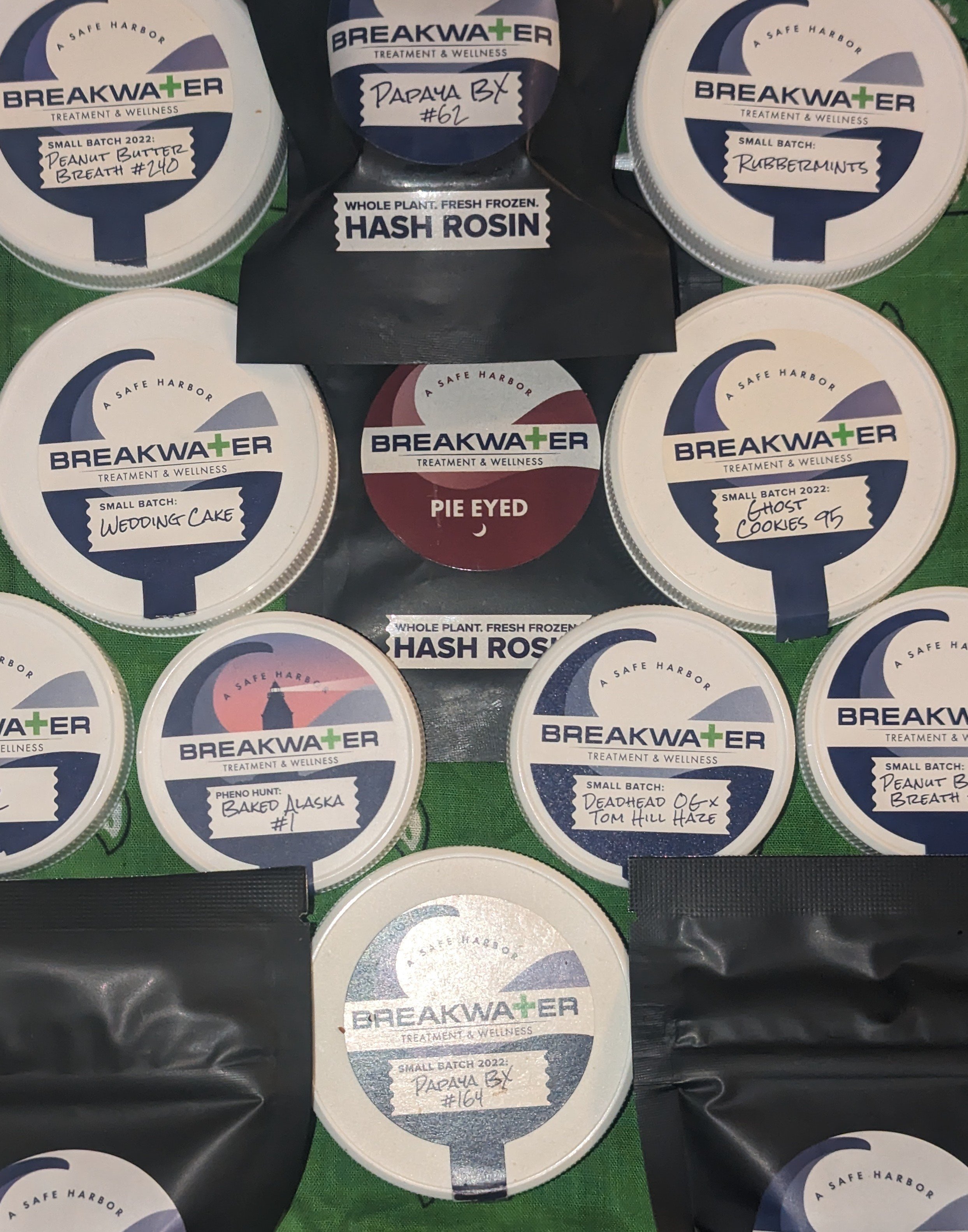these days Hyprland but previously i3.
i basically live in the terminal unless i’m playing games or in the browser. these days i use most apps full screen and switch between desktops, and i launch apps using wofi/rofi. this has all become very specialized over the past decade, and it almost has a “security by obscurity” effect where it’s not obvious how to do anything on my machines unless you have my muscle memory.
not that i necessarily recommend this approach generally, but i find value in mostly using a keyboard to control my machines and minimizing visual clutter. i don’t even have desktop icons or a wallpaper.










you have to do a lot of squinting to accept this take.
so his wins were copying competitors, and even those products didn’t see success until they were completely revolutionized (Bing in 2024 is a Ballmer success? .NET becoming widespread is his doing?). one thing Nadela did was embrace the competitive landscape and open source with key acquisitions like GitHub and open sourcing .NET, and i honestly don’t have the time to fully rebuff this hot take. but i don’t think the Ballmer haters are totally off base here. even if some of the products started under Ballmer are now successful, it feels disingenuous to attribute their success to him. it’s like an alcoholic dad taking credit for his kid becoming an actor. Microsoft is successful despite him